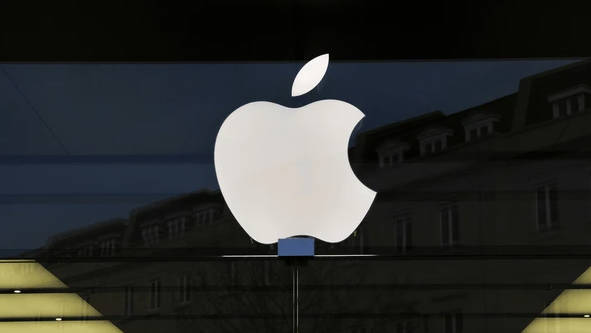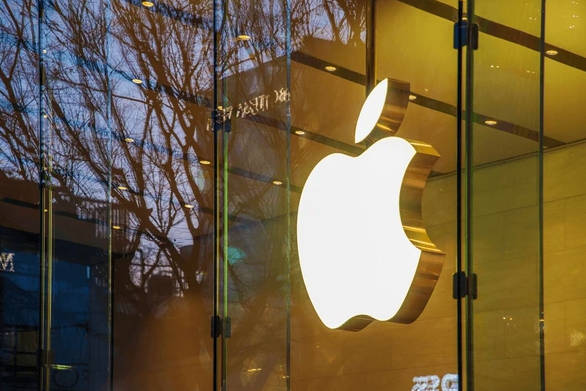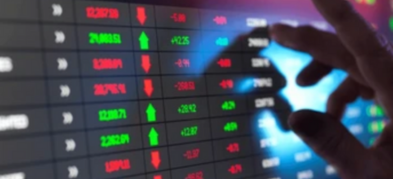
Ultima Markets App
Trade Anytime, Anywhere
Important Information
This website is managed by Ultima Markets’ international entities, and it’s important to emphasise that they are not subject to regulation by the FCA in the UK. Therefore, you must understand that you will not have the FCA’s protection when investing through this website – for example:
- You will not be guaranteed Negative Balance Protection
- You will not be protected by FCA’s leverage restrictions
- You will not have the right to settle disputes via the Financial Ombudsman Service (FOS)
- You will not be protected by Financial Services Compensation Scheme (FSCS)
- Any monies deposited will not be afforded the protection required under the FCA Client Assets Sourcebook. The level of protection for your funds will be determined by the regulations of the relevant local regulator.
Note: Ultima Markets is currently developing a dedicated website for UK clients and expects to onboard UK clients under FCA regulations in 2026.
If you would like to proceed and visit this website, you acknowledge and confirm the following:
- 1.The website is owned by Ultima Markets’ international entities and not by Ultima Markets UK Ltd, which is regulated by the FCA.
- 2.Ultima Markets Limited, or any of the Ultima Markets international entities, are neither based in the UK nor licensed by the FCA.
- 3.You are accessing the website at your own initiative and have not been solicited by Ultima Markets Limited in any way.
- 4.Investing through this website does not grant you the protections provided by the FCA.
- 5.Should you choose to invest through this website or with any of the international Ultima Markets entities, you will be subject to the rules and regulations of the relevant international regulatory authorities, not the FCA.
Ultima Markets wants to make it clear that we are duly licensed and authorised to offer the services and financial derivative products listed on our website. Individuals accessing this website and registering a trading account do so entirely of their own volition and without prior solicitation.
By confirming your decision to proceed with entering the website, you hereby affirm that this decision was solely initiated by you, and no solicitation has been made by any Ultima Markets entity.
I confirm my intention to proceed and enter this website Please direct me to the website operated by Ultima Markets , regulated by the FCA in the United KingdomApple AAPL Stock Split History and Outlook

Apple’s stock price has been one of the most closely watched indicators in global markets. Whenever Apple decides to split its stock, it captures the attention of traders worldwide. Stock splits do not change the company’s fundamentals, yet they often spark renewed interest, improve liquidity, and create new entry points for retail investors.
With the launch of the iPhone 17 fueling optimism and volatility, it is worth revisiting the history of AAPL stock split and considering whether another one may be on the horizon.
What Is a Stock Split?
A stock split increases the number of outstanding shares while lowering the price per share in equal proportion. If you held 100 shares of Apple at $500 before a four-for-one split, you would own 400 shares at $125 afterward. Your portfolio value remains the same, but the lower per-share price often makes the stock feel more affordable.
Splits can enhance liquidity, attract retail participation, and even influence index weighting in price-weighted benchmarks like the Dow Jones Industrial Average.
AAPL Stock Split History
Apple has carried out 5 stock splits since going public in 1980. The most recent, a 4-for-1 split in August 2020, was approved for shareholders of record on August 24 and took effect on August 28, with split-adjusted trading beginning on August 31. The board said the move was designed to make the stock “more accessible to a broader base of investors.”

Here is Apple’s full split history:
| Date | Ratio | Cumulative Multiple |
| 16 Jun 1987 | 2 for 1 | ×2 |
| 21 Jun 2000 | 2 for 1 | ×4 |
| 28 Feb 2005 | 2 for 1 | ×8 |
| 9 Jun 2014 | 7 for 1 | ×56 |
| 28 Aug 2020* | 4 for 1 | ×224 |
* Split-adjusted trading began on 31 Aug 2020.
This means that one Apple share purchased before the first split in 1987 would now equal 224 shares today. For long-term investors, that cumulative effect has been extraordinary, magnified further by Apple’s growth into the world’s most valuable listed company.
Impact on Portfolios
A stock split does not change your total portfolio value or Apple’s market capitalization. Instead, it adjusts the math: more shares at a lower price. Dividends per share also adjust proportionally so that your total cash payouts are unchanged. The key benefits for investors are typically improved liquidity, tighter spreads, and a stock price that feels more accessible for smaller portfolios.
For example, the 2014 AAPL stock split of seven-for-one lowered the share price from nearly $700 to around $100, a move that not only broadened participation but also paved the way for Apple’s March 2015 inclusion in the Dow Jones Industrial Average.
How Apple Stock Is Performing Today
As of September 2025, Apple shares are trading in the mid-$250s, buoyed by the launch of the iPhone 17. Analysts note that initial demand is running 10–15% ahead of the previous cycle, particularly for Pro models with new AI features. On launch week, Apple’s stock gained about 4% in a single day, underscoring how product releases remain powerful catalysts for price swings.

Apple’s valuation milestones further highlight its growth. The company first surpassed $1 trillion in market capitalization in December 2019 and reached $1.5 trillion by June 2020, just before the 2020 split. Today, Apple remains among the world’s largest public companies, with a market value above $3 trillion.
Will AAPL Stock Split Again?
At present, Apple has not announced another stock split. However, history shows that Apple has tended to split its stock when nominal share prices climbed to levels that risked limiting accessibility:
- 1987, 2000, 2005: Each time Apple split 2-for-1 when shares approached or exceeded triple digits.
- 2014: A 7-for-1 split when shares neared $700.
- 2020: A 4-for-1 split when shares traded around $500.
Today, Apple is trading in the mid-$250s. While this is well below the pre-2014 and pre-2020 levels, Apple’s share price has been on a steady climb. If it advances toward $400–$500 again, a split could come back onto the agenda.
Other mega-cap companies such as Amazon, Tesla, and Nvidia have also executed splits in recent years despite the rise of fractional share trading. These moves show that splits remain a useful tool for keeping stocks approachable for retail investors and maintaining broad shareholder bases.
With the iPhone 17 cycle driving demand and Apple’s strong positioning in AI-enabled devices, further appreciation in the stock could make another split both practical and symbolic. For now, traders should watch not only earnings but also board announcements that could set the stage for another milestone in Apple’s split history.
Key Takeaways
- Apple has split its stock five times since 1987, with the cumulative multiplier at 224×.
- Stock splits leave valuations unchanged but improve liquidity and accessibility.
- The iPhone 17 launch is boosting demand and could be a focal point for near-term price swings.
- If Apple’s stock climbs back toward historical split levels, another split could be considered, as history and peer examples suggest.
Disclaimer: This content is provided for informational purposes only and does not constitute, and should not be construed as, financial, investment, or other professional advice. No statement or opinion contained here in should be considered a recommendation by Ultima Markets or the author regarding any specific investment product, strategy, or transaction. Readers are advised not to rely solely on this material when making investment decisions and should seek independent advice where appropriate.












